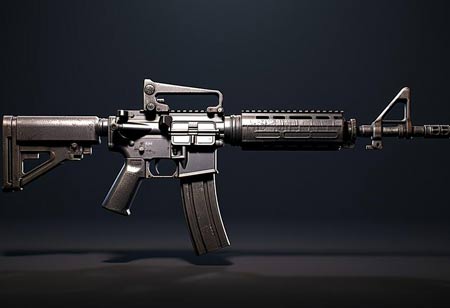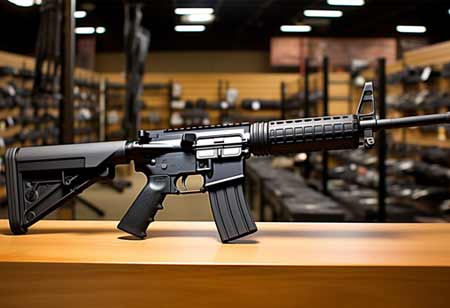Inflatable boats occupy a unique niche in aerospace and defense, combining portability, rapid deployment, and adaptable mission profiles with the need for durability and precision engineering. Manufacturers must deliver platforms that support search and rescue operations, maritime insertion and extraction, unmanned systems, and shipboard life-saving systems, while meeting strict military standards. The market is growing as armed forces and civilian agencies seek lighter logistics, faster response times, and interoperable solutions that integrate with aircraft, helicopters, and naval vessels. Success in this sector depends on materials science, modular design, systems integration, and supply chain resilience.
Technology Implementation and Production Best Practices
Several converging factors drive demand and shape manufacturing priorities. Geopolitics and evolving threat environments push militaries toward expeditionary operations, littoral warfare, and rapid humanitarian assistance, all of which favor small, transportable craft. Budget pressures encourage multi-role platforms that deliver cost-per-mission efficiencies. Inflatable boats meet these requirements by enabling missions from a single hull form with modular payloads. Logistics constraints and airlift limitations make low-weight, collapsible solutions attractive for rapid global deployment from cargo aircraft or rotary-wing platforms.
High-performance fabrics such as multi-layered hypalon, coated nylon, and thermoplastic polyurethane (TPU) dominate tubes and hulls; these materials balance abrasion resistance, UV stability, chemical resistance, and weldability. Modern fabrication moves away from glue-based seams toward RF welding, hot-air welding, or ultrasonic bonding that produce consistent joints with predictable failure modes. Internal hull structures often incorporate composite floors and rigid transoms made from carbon fiber or aluminum honeycomb to reduce weight while increasing stiffness and payload capacity.
Designers apply computational fluid dynamics (CFD) to optimize hull shapes for stability, fuel efficiency, and wave-piercing performance under different load conditions. Systems integration plays a central role: manufacturers now embed power distribution, shock-mitigating seating, quick-connect mounts for mission kits, and standardized interfaces for radios, night-vision-compatible lighting, and weapon mounts. Quality systems adopt ISO-compliant production controls and non-destructive testing methods, such as pressure-decay tests, seam-peel tests, and accelerated aging cycles, so manufacturers can certify craft to MIL-spec or civil aviation transport requirements.
Latest Trends and Evolving Applications
Three major trends define recent innovation. Modular mission payloads allow a single boat to act as a casualty evacuation platform one day and a sensor-deployment craft the next. Quick-attach rails, modular shelters, and plug-and-play electronics simplify reconfiguration. Hybrid rigid-inflatable hulls with integrated rigid floor systems and removable hard chines improve seakeeping at high speeds while maintaining collapsibility. Autonomy and human-machine teaming are expanding; manufacturers are adding mounting points, power, and data buses, as well as recovery aids to support drone launch or recovery and teleoperation capabilities.
Naval vessels use inflatable boats for boarding, inspection, and force protection; commercial aerospace leverages them as aircraft life rafts or support craft at forward operating bases. Emerging uses include scientific deployment, transporting microsensors and environmental samplers from ships or aircraft, and logistics for remote bases with limited runway access. Integration of electronics and power systems introduces electromagnetic compatibility concerns and vulnerability to shock and water ingress; the remedy involves sealed connectors, conformal coatings, shock mounts, and MIL-grade wiring harnesses.
Certification and procurement complexity slow time-to-field. Working with defense acquisition agencies early in the design process, adopting open-architecture standards, and delivering incremental capability upgrades via spiral development shortens procurement cycles. Supply-chain fragility, exposed by rare material dependencies or single-source suppliers, requires diversified sourcing, dual-sourcing contracts, and the maintenance of strategic safety stocks of critical fabrics and transom components. Manufacturers address this through ergonomic seating, energy-absorbing shock seats, improved deck drainage, and optimized center-of-gravity layouts to reduce impact loads.
Future Needs and Strategic Outlook
Demand will grow for lighter and more durable inflatable boats that integrate seamlessly into joint-force operations. Manufacturers will need to invest in materials science to develop fabrics and coatings that resist biofouling, UV exposure, and abrasion while remaining weldable and recyclable. Sustainability and circularity will become competitive differentiators; builders who design for disassembly, recyclable materials, and lower lifecycle emissions will lead future programs. Collaborative R&D between defense agencies, universities, and industry will accelerate innovation and lower technical risk.
Inflatable boats hold enduring value for aerospace and defense missions owing to their portability, adaptability, and cost-effectiveness. Manufacturers that combine advanced materials, precise fabrication, systems integration, and robust sustainment planning will meet the market’s rigorous demands. As militaries and civil agencies prioritize rapid response, distributed operations, and greener logistics, inflatable boats will remain a vital class of platform, evolving through modular design, autonomy-ready architectures, and sustainable manufacturing, to support the full spectrum of air, sea, and joint operations.
Inflatable boats reduce the logistical burden by enabling the air transport of full-mission-capable watercraft in pallets or sling loads, shortening response times for humanitarian and tactical missions. Their relatively low acquisition cost allows agencies to field larger numbers, improving redundancy and lowering the impact of single-platform failures. Safety drives both design and sustainment strategies. Manufacturers implement built-in redundancy, multiple air chambers, separate inflation paths, and emergency manual pumps to preserve buoyancy after damage.









